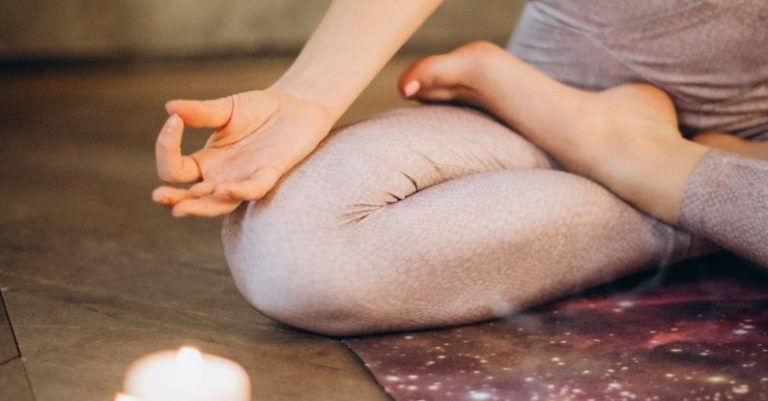
Mindful breathing is a powerful practice that can help bring a sense of calm and awareness to our busy lives. By focusing on our breath, we can anchor ourselves in the present moment and cultivate a greater sense of mindfulness. Incorporating mindful breathing into your daily routine can have a profound impact on your overall well-being. To make the most of this practice, it’s essential to follow some best practices that can enhance its effectiveness.
**Setting the Stage**
Before diving into mindful breathing, find a quiet and comfortable space where you can sit or lie down without distractions. Close your eyes and take a few deep breaths to settle into the present moment. Let go of any thoughts or concerns that may be swirling around in your mind. Allow yourself to fully commit to this practice, dedicating this time solely to nurturing your mind and body.
**Focus on the Breath**
Once you are settled, bring your attention to your breath. Notice the sensation of the air entering and leaving your nostrils. Feel the rise and fall of your chest and abdomen with each inhalation and exhalation. Allow your breath to be your anchor, grounding you in the present moment. If your mind starts to wander, gently guide your focus back to your breath without judgment.
**Deep Belly Breathing**
Engaging in deep belly breathing can further enhance the benefits of mindful breathing. Instead of shallow chest breathing, focus on expanding your abdomen as you inhale deeply through your nose. Feel your belly rise with each breath in and fall with each breath out. This diaphragmatic breathing technique can help calm your nervous system, reduce stress, and increase oxygen flow to your body.
**Slow and Steady Rhythms**
Maintain a slow and steady rhythm as you breathe in and out. Aim for a smooth and continuous flow, avoiding any abrupt pauses or rushed breaths. Slowing down your breathing rate can signal to your body that it is safe and relaxed, promoting a state of calmness and tranquility. Find a pace that feels natural and soothing to you, allowing your breath to be a source of comfort and stability.
**Mindful Body Scan**
Incorporating a mindful body scan into your breathing practice can deepen your awareness of physical sensations and promote relaxation. As you breathe, mentally scan your body from head to toe, noticing any areas of tension or discomfort. With each breath out, release any tightness or stress you may be holding onto. By bringing attention to different parts of your body, you can cultivate a greater sense of bodily awareness and presence.
**Gratitude and Intention Setting**
Before concluding your mindful breathing practice, take a moment to express gratitude for this time you’ve dedicated to self-care. Reflect on the benefits you’ve experienced and set an intention for how you want to carry this sense of mindfulness into the rest of your day. Whether it’s a sense of peace, clarity, or compassion, infuse your intention with positive energy that can guide you through life’s challenges.
**Embracing the Journey**
As you continue to incorporate mindful breathing into your daily routine, remember that it is a journey of self-discovery and growth. Each breath you take is an opportunity to nurture your mind, body, and spirit. Embrace the process with an open heart and a curious mind, allowing yourself to explore the depths of your being through the simple act of breathing mindfully.
By following these best practices for mindful breathing, you can cultivate a deeper sense of awareness, presence, and well-being in your life. Take the time to connect with your breath and experience the transformative power it holds. Through conscious breathing, you can tap into the essence of your true self and navigate life’s ups and downs with grace and resilience. Allow your breath to be your guide on this journey of mindfulness and self-discovery.





